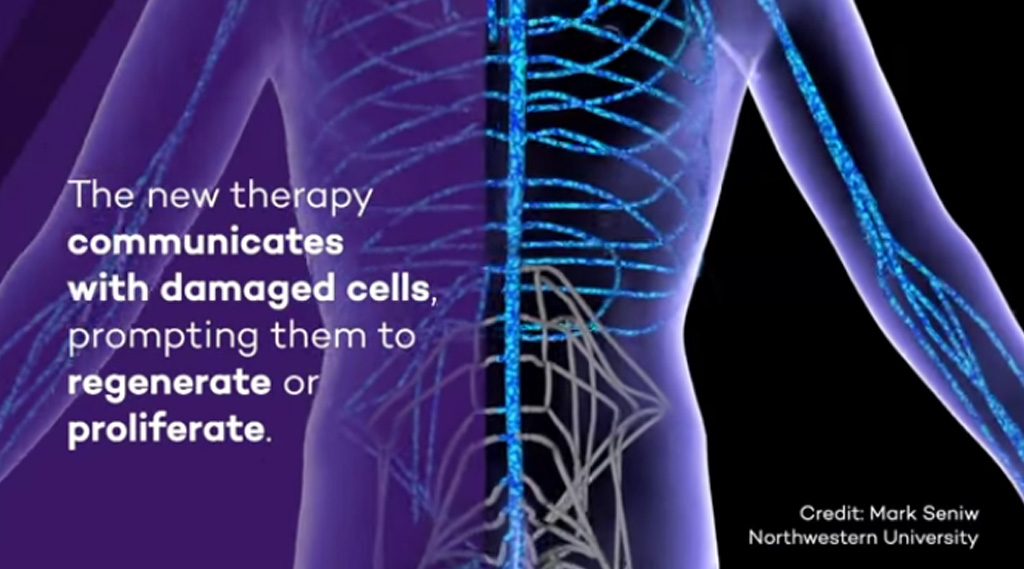By Kyle LaHucik – Fiercebiotech.com
Relapses in acute myeloid leukemia (AML), the white blood cell cancer that affects blood and bone marrow, remain an obstacle despite new treatments, as the average five-year survival rate sits at 25%. Now, researchers say they’ve found two small molecules that could inhibit a key protein.
Researchers found the enzyme UBE2N aided in keeping the “seeds” for leukemia tumors alive, specifically helping leukemic hematopoietic stem and progenitor cells, or HSPCs. Those cells are core reasons for why some current treatments fail and, in turn, lead AML to recur in patients.
A team at Cincinnati Children’s Hospital Medical Center found two small-molecule inhibitors that go after UBE2N. They interfere with the protein’s enzymatic activity and could pave the way for new treatment options across AML and various other uses.
“We anticipate that the utility of UBE2N inhibitors can be extended beyond AML and used as anti-inflammatory agents, direct anticancer therapy and enhancers of antitumor immune responses,” the researchers published this month in the journal Science Translational Medicine.
One inhibitor, dubbed UC-764864, squashed AML cells in culture and did not wreak havoc on healthy HSPCs that showed no leukemic properties. A second inhibitor, aptly named in successive number order, UC-764865, tamped down the leukemic burden in mice by as much as 70% in bone marrow, which helped extend the survival of the mice with “aggressive patient-derived leukemia.” The molecule was well tolerated, the team reported.
Meanwhile, scientists at Beckman Research Institute of City of Hope found an “attractive target” for new treatments for patients with AML. The researchers found that METTL16—part of the N6-methyladenosine (m6A) family, characterized as “the most prevalent internal decorations in mammalian mRNA”—plays a central role in the development and proliferation of AML.




